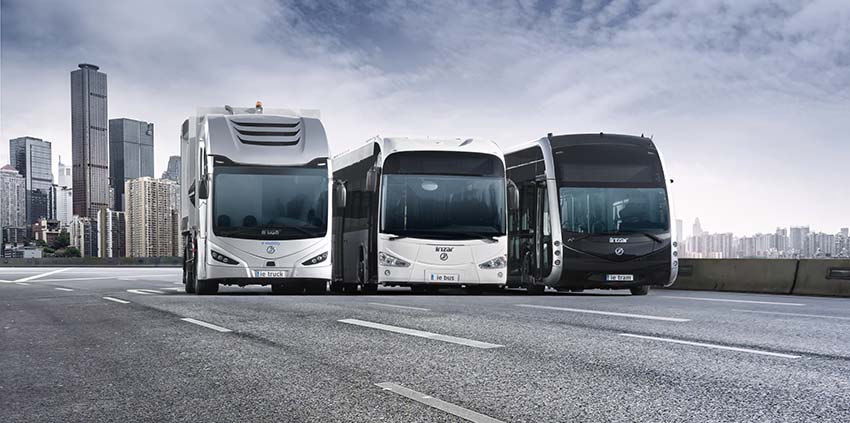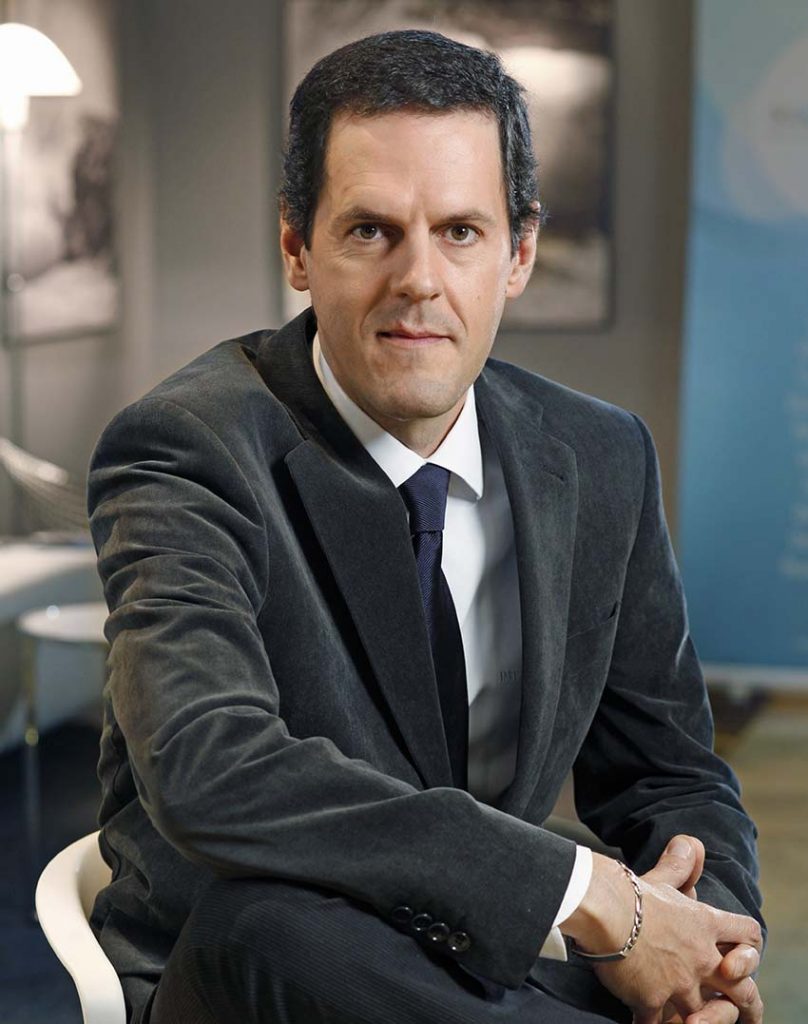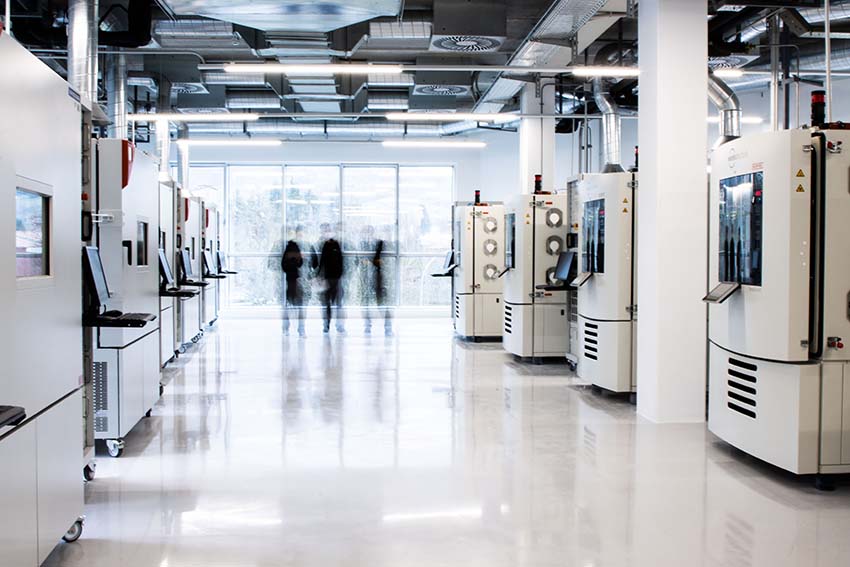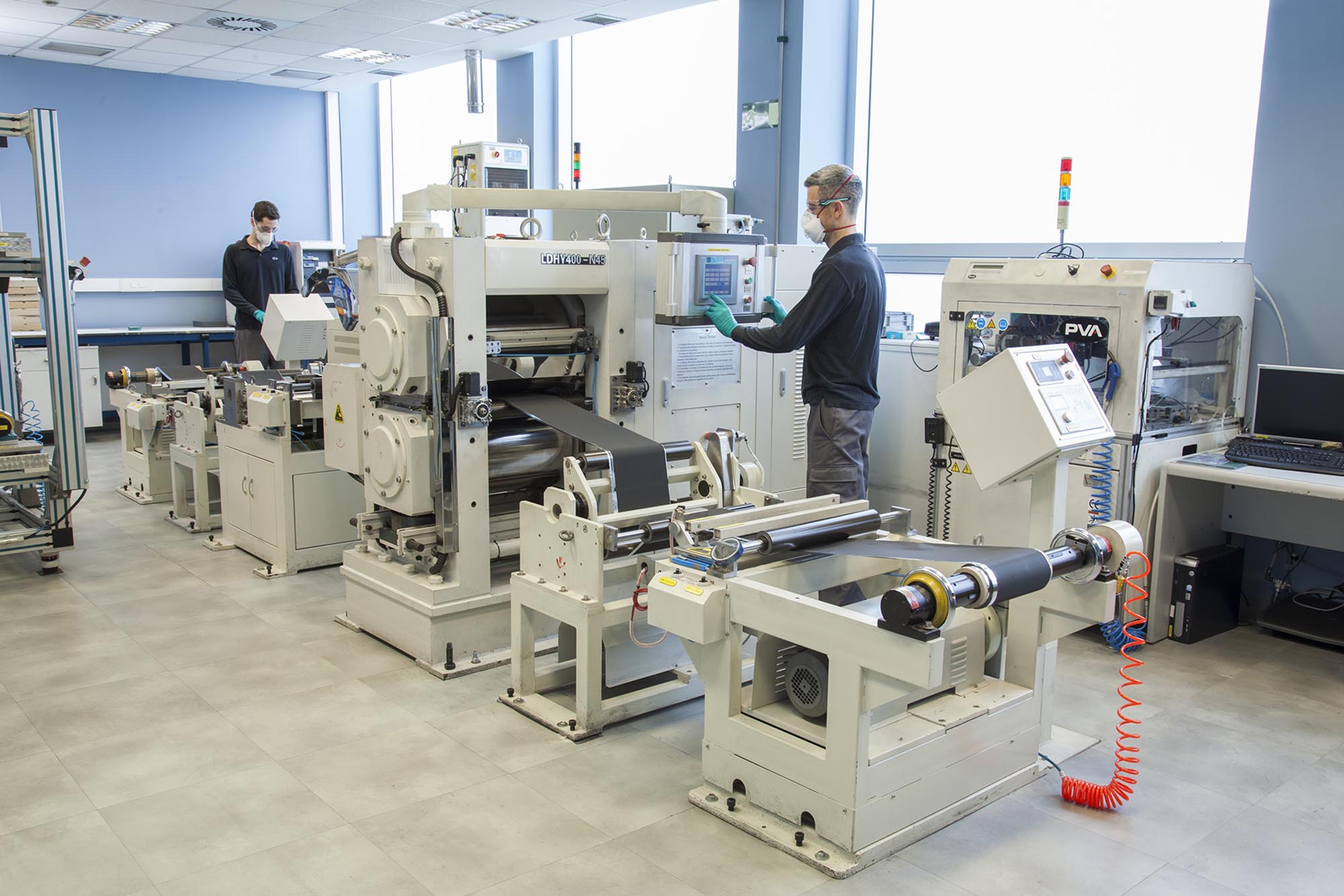CIDETEC is a private organization for applied research founded in 1997 that seeks to contribute value to companies by harnessing, generating and transferring technological knowledge. The company is located in the north of Spain, in Donostia-San Sebastián site of Gipuzkoa’s Scientific and Technological Park and with additional facilities at MUBIL, the Gipuzkoa Electromobility Hub. CIDETEC is comprised of three international technological reference institutes in energy storage, surface engineering and nanomedicine.
Interview with Dr Oscar Miguel, Deputy Director at CIDETEC Energy Storage.
Easy Engineering: What are the main areas of activity of the company?
Oscar Miguel: Focusing into CIDETEC Energy Storage, we work on advanced battery technologies like Lihium ion and its new generations. Our R+D value chain covers “from power to power”. This means that we start at the materials that compose the primary components of a battery cell, then we go through all the necessary electrochemistry and engineering until we reach the full battery pack installed in a real application.
More specifically, our main areas of expertise are:
- Battery cell materials validation, cell design optimization. Pilot line manufacturing of electrodes and cells;
- Module and pack -and its components- design and prototyping for any automotive or stationary application and customer profile;
- Modelling and simulation of batteries all through the value chain, from cell to any type of application level;
- Full battery testing, from lab scale coin cell to heavy-duty electric bus battery pack.

E.E: What are the ranges of products?
O.M: As an applied research institute, we do not sell products per se, we either validate products for our customers, or we design, prototype and transfer product designs. This happens at two levels: at cell level, and at battery pack level.
At cell level, we cooperate closely with several companies developing electrode and cell technology. Together with them, we choose the right active materials, produce electrode and cell samples at scalable, pilot line conditions, and deliver our results, eventually leading to their release of new products into the market. These products may typically be either new active battery materials for Li ion cell manufacturers, or complete cells containing our proposed optimized compositions.
At module and pack level, we are developing a complete Li ion battery pack range in close cooperation with a leading electric bus manufacturer. We design the product in close exchange of ideas, assemble prototypes for testing evaluation, and transfer them to the company for manufacturing and integration in the e-buses.
We also cooperate with component suppliers to develop specific parts, like heat exchangers or cooling plates for advanced battery designs.

Oscar Miguel
E.E: At what stage is the market where you are currently active?
O.M: It is widely accepted that electrification will be key for decarbonization of the economy, and in this context energy storage will be key to facilitate such deployment of electrification. Batteries are the energy storage solution of choice in many markets, as typically electromobility. This market in particular is blossoming as we see for the increasingly growing numbers of electric vehicles on offer and in our streets.
The other big market, maybe less apparent at first sight, is the stationary energy market. Energy storage in batteries will be a crucial asset in many stationary applications both before and behind the meter. This market is apparently less mature than transportation and automotive; in this case, apart from the purely technical and cost issues, there is a lot to do at the regulatory level before battery storage is widely applied in stationary uses.
E.E: What are the most innovative products marketed?
O.M: Today we see two main trends in the batteries market. From the technical point of view, and referring to automotive, the largest market by fat, there is much interest and expectation in having higher energy density battery cell technologies at low cost. The main innovations to come relate to solid state electrolyte technologies, that get rid of classical liquid electrolytes, then leading to safer, cheaper cells with higher energy density.

The other megatrend relates to sustainability, both from environmental and geopolitical point of view. The natural resources are scarce globally, so there is a push to deliver green batteries containing recyclable and recycled materials, that are cheaper and produced according to social responsibility standards. Digitalization is seen widely as a strong aid for the optimization of battery design, manufacturing, and operation, leading to economic and material savings throughout the value chain.
On the other side, currently we are seeing the undesired situation of international conflicts that, apart from the unacceptable human suffering produced on site, provide high instability to energy and raw material resources. By developing less energy-intensive production means, and by recycling and closing the materials loop, we should be able to reduce the impact of the latter.
E.E: What estimations do you have for 2022?
O.M: Next year we will undoubtedly see more battery-based products in the market, both at the stationary and mobility market, and certainly significant progress in the development of digital tools covering the whole batteries value chain.

